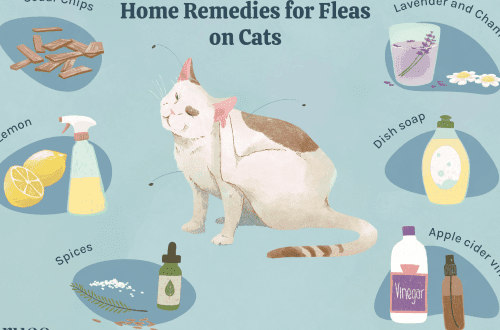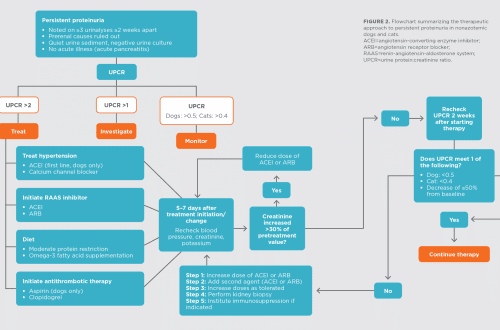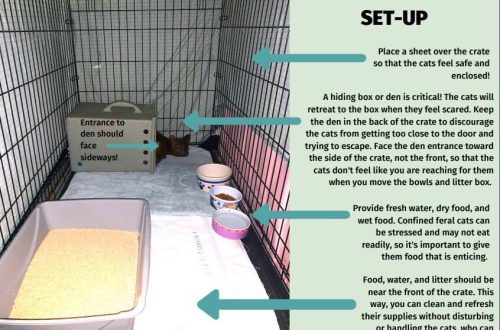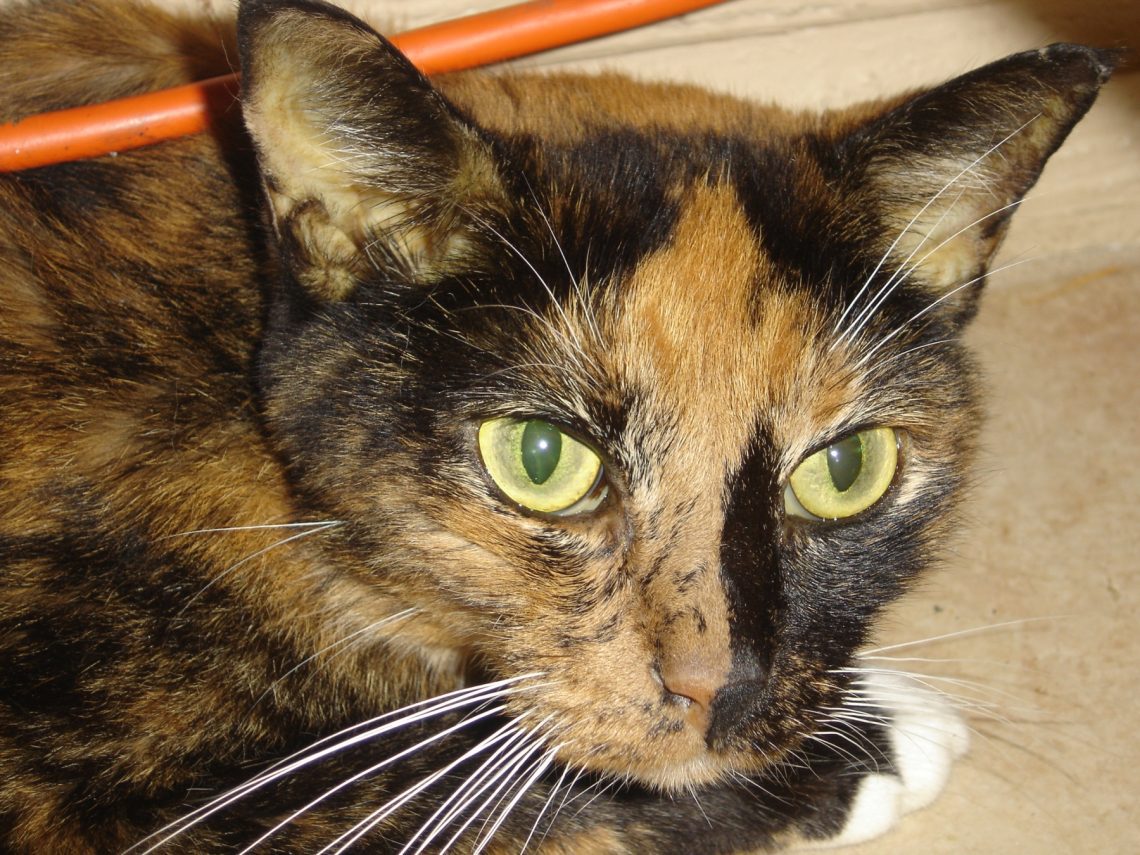
Liver failure in cats and cats

Contents
Liver Failure in Cats: Essentials
Liver damage has a serious impact on the general condition of the body.
The main symptoms of liver failure in cats and cats are vomiting, diarrhea, refusal to eat, changes in the color of urine and feces.
Diagnosis of such a condition should include a wide range of studies.
Treatment will depend primarily on the cause of the liver disease.
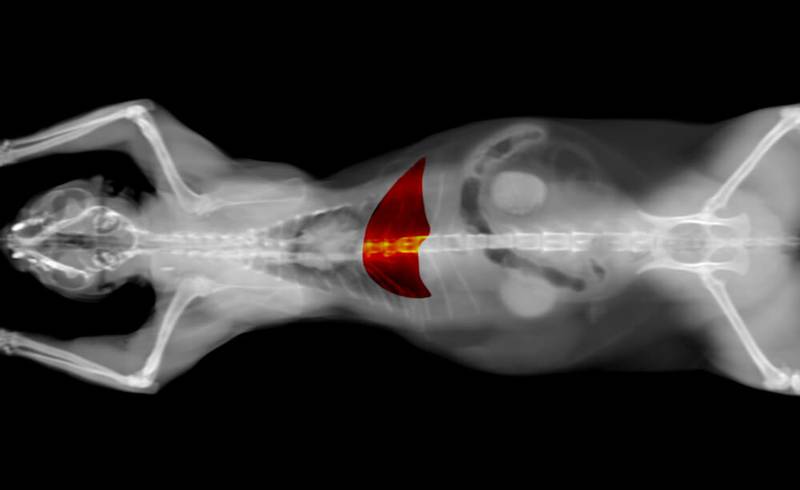
Causes
The causes of liver failure in cats and cats are very diverse. These include:
Poisoning
Organophosphorous substances and pyrethroids are often found in antiparasitic drugs, ear drops, but in overdose (and in more susceptible animals and at recommended dosages) cause poisoning. Often cats eat poisonous flowers such as palm trees, lilies. Drug poisoning (for example, high doses of antibiotics) is also not uncommon. Xylitol is added to many chewing gums and toothpastes, but is toxic when eaten by animals. Ethylene glycol is found in antifreeze, it tastes sweet and can attract pets, but when eaten it causes severe intoxication.
Oncology
Primary or metastatic tumors destroy functioning liver tissues, impair its performance.
Infectious and invasive diseases
These include viral infections of cats, such as leukemia virus and infectious peritonitis. Leptospirosis is not as common in cats as it is in dogs, but it can also cause liver failure in cats. Opisthorchiasis is a disease caused by flat helminths that parasitize in the bile ducts of the liver. Often in cats, the cause of infectious processes in the liver is the reflux of intestinal bacteria from the duodenum to the liver through the common bile duct.
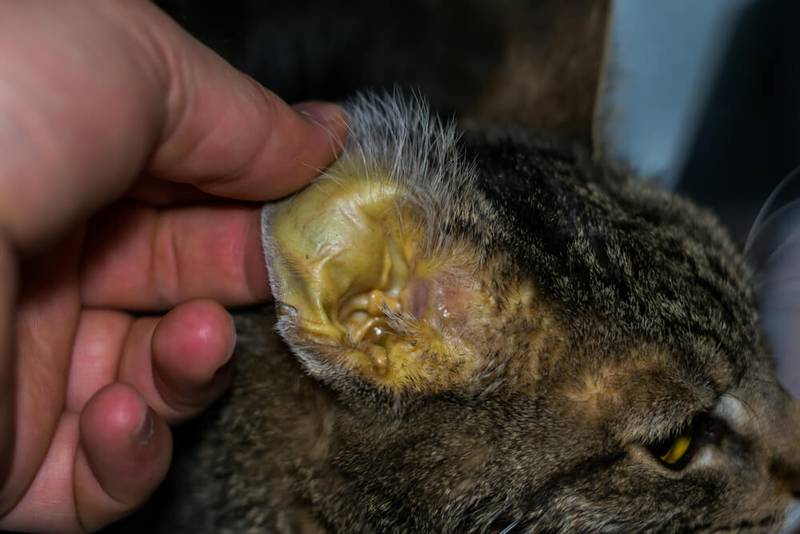
Symptoms
The symptoms of liver failure in cats and cats are varied and will depend on whether the process is acute or chronic. Symptoms may include vomiting, diarrhea, lethargy, refusal to eat, jaundice, urine discoloration to brown, feces discoloration to grey/white. On examination, one can detect ascites, an increase in the size of the liver, pain in the liver, subcutaneous hemorrhages, and a decrease in blood clotting.
Diagnostics
The diagnosis of liver failure in cats involves a wide range of investigations, but the first step is to take a detailed history. To confirm the diagnosis, a general examination of the animal, palpation is used. A study of the general clinical and biochemical blood tests, ultrasound of the abdominal cavity is being carried out. In the presence of ascites, the fluid is diagnosed, its cytological composition, biochemical examination, and, if necessary, seeding.
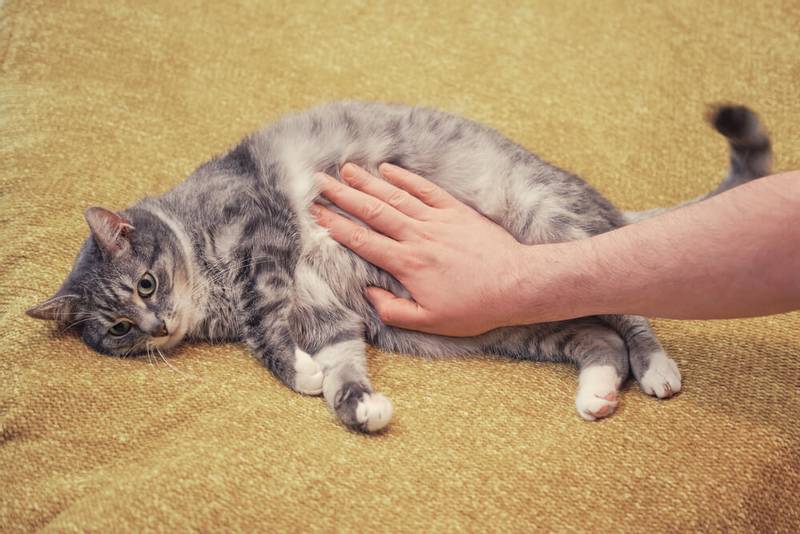
Treatment of Liver Failure in Cats
First of all, it is necessary to stop the effect of the factor damaging the liver. If the cat has eaten a toxic substance, gastric lavage and the appointment of sorbents may be indicated. If the substance has been applied to the skin, it is required to wash the cat with detergent as soon as possible. If the toxic substance is known, the appropriate antidote is administered. A bacterial infection requires the appointment of antibiotics, and helminthiasis – anthelmintic drugs.
Treatment of the oncological process will depend on the type of tumor and may include surgical excision, chemotherapy, and radiation therapy. In the absence of a damaging factor and if no irreversible processes have occurred, the liver is able to independently regenerate and restore its functions.
The effect of hepatoprotective drugs has not been fully studied, but agents such as S-adenosylmethionine, milk thistle fruit extract can be used.
Prevention
Prevention of liver failure in cats consists in preventing them from eating toxic substances, using various drugs only as directed by a doctor. The diet should be balanced and include only foods approved by nutritionists. Annual medical examination can identify the problem in the early stages and begin treatment before the development of serious changes.
The article is not a call to action!
For a more detailed study of the problem, we recommend contacting a specialist.
Ask the vet



